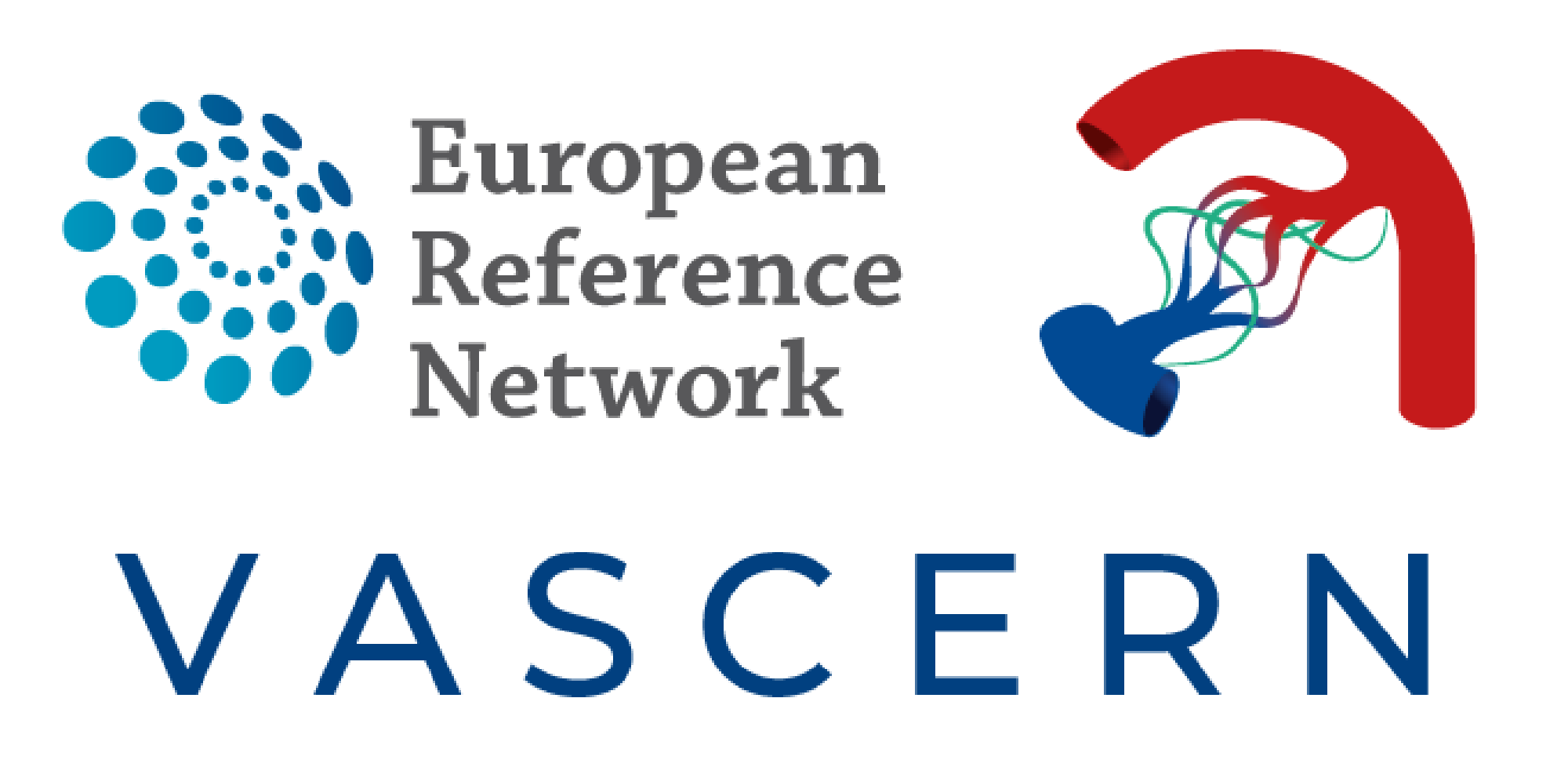

A new collaborative research paper entitled A Clinical Feasibility Study To Image Angiogenesis in Patients With Arteriovenous Malformations Using 68Ga‐RGD PET/CT has just been published in the Journal of Nuclear Medicine. It is co-authored by members of the Vascular Anomalies Working Group (VASCA WG) including Chairs, Prof Miikka Vikkula and Prof Laurence Boon, Co-Chair Prof Leo Schultze Kool and Dr. Willemijn Klein.
Arteriovenous Malformations (AVMs) consist of a tangles of abnormal blood vessels in which the arteries are directly connected to the veins without a capillary bed in between. While AVMs can occur throughout the body, those occuring on the face or extremities can cause severe cosmetic defects or reduced mobility. Treatment currently consists of surgical removal or endovascular embolization techniques, but both procedures have their drawbacks and can lead to complications. Despite the advances in the understanding of AVM‐related angiogenesis (process of new blood vessel formation), which has stimulated the discussion on the use of systemic drugs targeting angiogenesis for the treatment of AVMs, the search for effective anti‐angiogenic drugs is hampered by the lack of accessible tools (such as novel imaging techniques) to assess the presence and dynamics of angiogenesis within the AVM during the course of the disease.
This study therefore examined the feasibility of Gallium‐68 (68Ga) labeled arginine‐glycine aspartate tripeptide sequence (RGD) positron emission tomography (PET)/computed tomography (CT) imaging (68Ga‐RGD PET/CT) to visualize angiogenesis in the peripheral AVMs of ten patients.
“Conclusion: This feasibility study showed increased radiotracer uptake in AVM with angiogenic activity compared to surrounding tissue without angiogenic activity, suggesting that 68Ga‐RGD PET/CT imaging can be used as a tool to quantitatively determine angiogenesis in AVM. Further studies will be conducted to explore the potential of 68Ga‐RGD PET/CT imaging for guiding current treatment decisions and for assessment of response to anti‐angiogenic treatment.”
Read the full article here
Reference: A Clinical Feasibility Study To Image Angiogenesis in Patients With Arteriovenous Malformations Using 68Ga-RGD PET/CT. Lobeek D, Bouwman FCM, Aarntzen EHJG, Molkenboer-Kuenen JDM, Flucke UE, Nguyen HL, Vikkula M, Boon LM, Klein W, Laverman P, Oyen WJG, Boerman OC, Terry SYA, SchultzeKool LJ, Rijpkema M.J Nucl Med. 2019 Sep 13. pii: jnumed.119.231167. doi: 10.2967/jnumed.119.231167. [Epub ahead of print]

